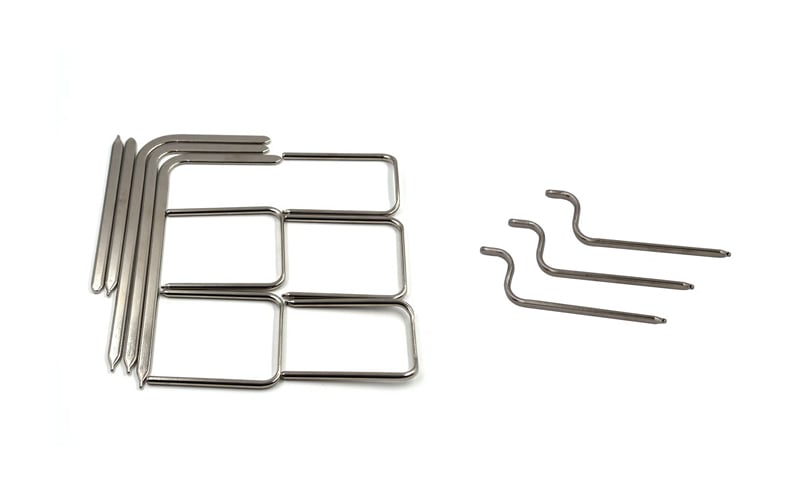Introduction
Heat pipes are widely used for cooling and heating applications in various industries. Two common types of heat pipes are loop heat pipes and traditional heat pipes. In this article, we will compare the two types of heat pipes in terms of their design, working principle, efficiency, and applications.
Design
Loop heat pipes have a closed-loop design with a wick structure inside the heat pipe. Traditional heat pipes, on the other hand, have a simpler design without a wick structure. The wick structure in loop heat pipes helps in capillary action and enables the circulation of working fluid more efficiently compared to traditional heat pipes.
Working Principle
Loop heat pipes use a two-phase thermosyphon mechanism for heat transfer, where the working fluid evaporates at the evaporator section, moves through the loop, condenses at the condenser section, and returns to the evaporator through the wick structure. Traditional heat pipes rely on a simpler vapor-liquid phase change for heat transfer without the loop mechanism.
Efficiency
Due to their closed-loop design and efficient circulation mechanism, loop heat pipes are generally more efficient in heat transfer compared to traditional heat pipes. The wick structure in loop heat pipes helps in maintaining a consistent capillary action, resulting in better thermal performance and heat dissipation.
Heat Transfer Capacity
Loop heat pipes have a higher heat transfer capacity than traditional heat pipes due to their efficient design and circulation mechanism. The closed-loop system in loop heat pipes allows for a more controlled and continuous heat transfer process, making them suitable for high heat load applications.
Size and Weight
In terms of size and weight, loop heat pipes are usually larger and heavier than traditional heat pipes due to their closed-loop design and wick structure. However, the increased size and weight of loop heat pipes are often justified by their higher efficiency and heat transfer capacity in demanding applications.
Reliability
Both loop heat pipes and traditional heat pipes are known for their reliability and long service life. However, loop heat pipes have a slight edge in terms of reliability due to their closed-loop design, which helps in preventing leaks and ensuring continuous heat transfer even in harsh operating conditions.
Cost
Loop heat pipes are generally more expensive to manufacture than traditional heat pipes due to their complex design and construction. However, the higher initial cost of loop heat pipes is often justified by their superior performance, efficiency, and reliability in critical cooling and heating applications.
Applications
Loop heat pipes are ideal for applications that require high heat transfer capacity, efficiency, and reliability, such as aerospace, electronics cooling, and thermal management of power systems. Traditional heat pipes are more commonly used in simpler cooling applications where cost is a significant factor.
Conclusion
In conclusion, loop heat pipes and traditional heat pipes have their unique design, working principles, and applications. While traditional heat pipes are simpler and more cost-effective, loop heat pipes offer superior efficiency, heat transfer capacity, and reliability in demanding thermal management applications.

